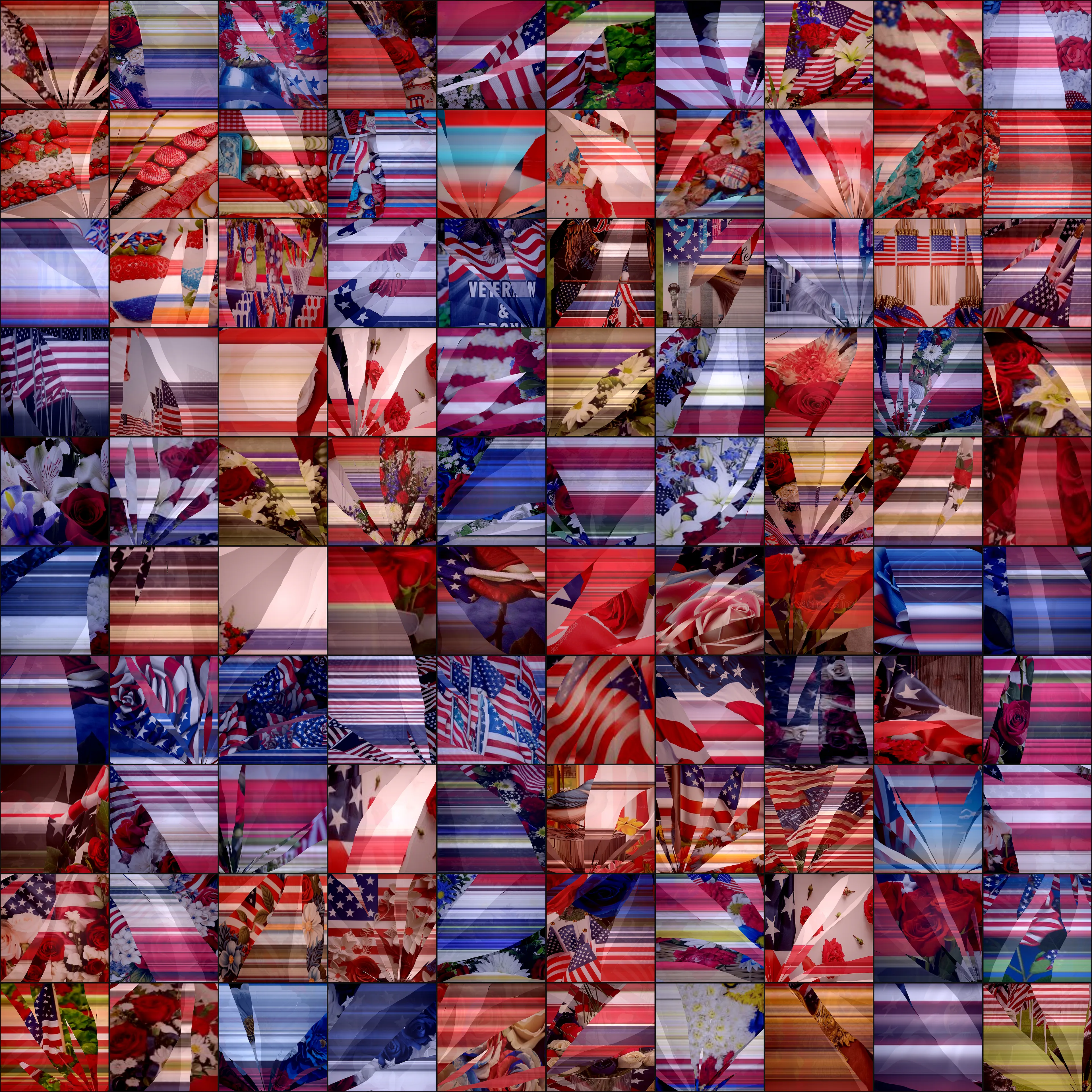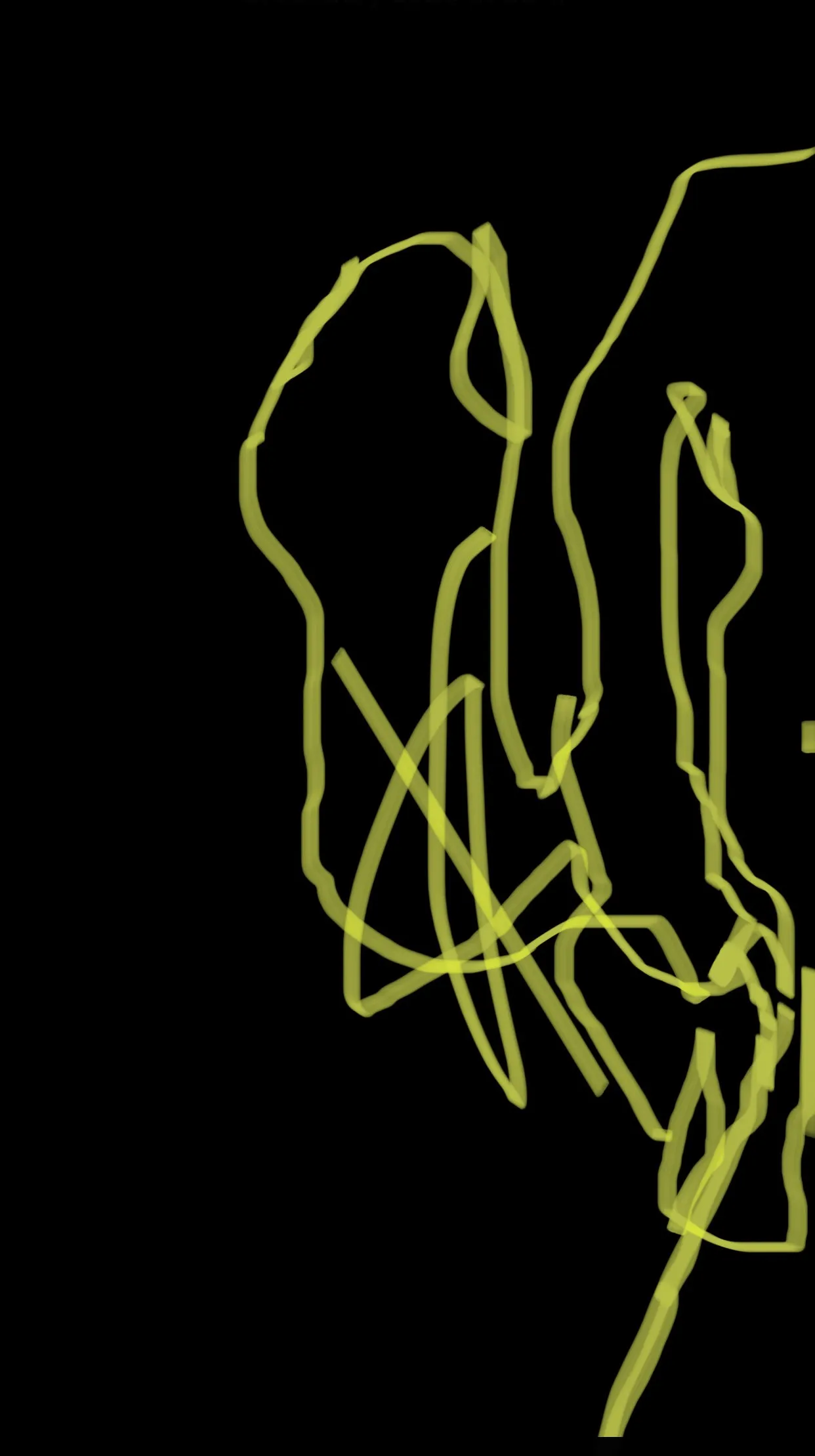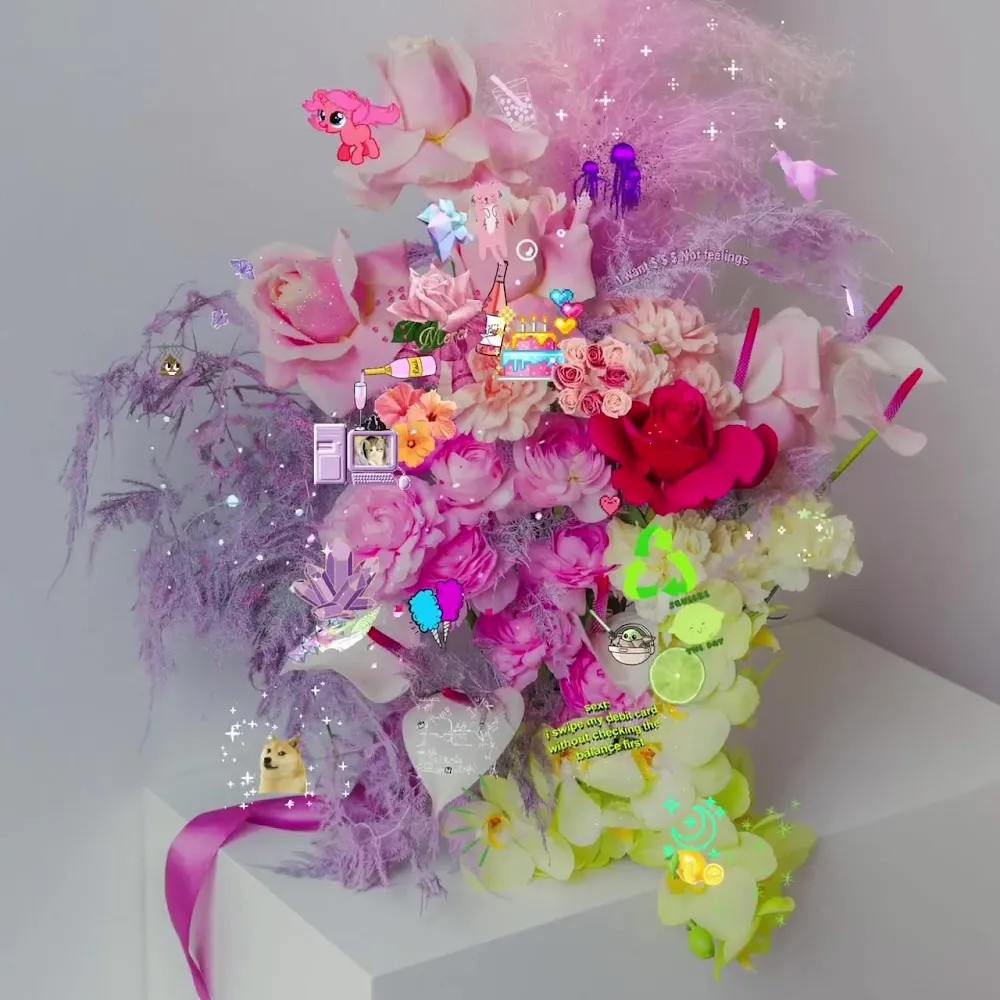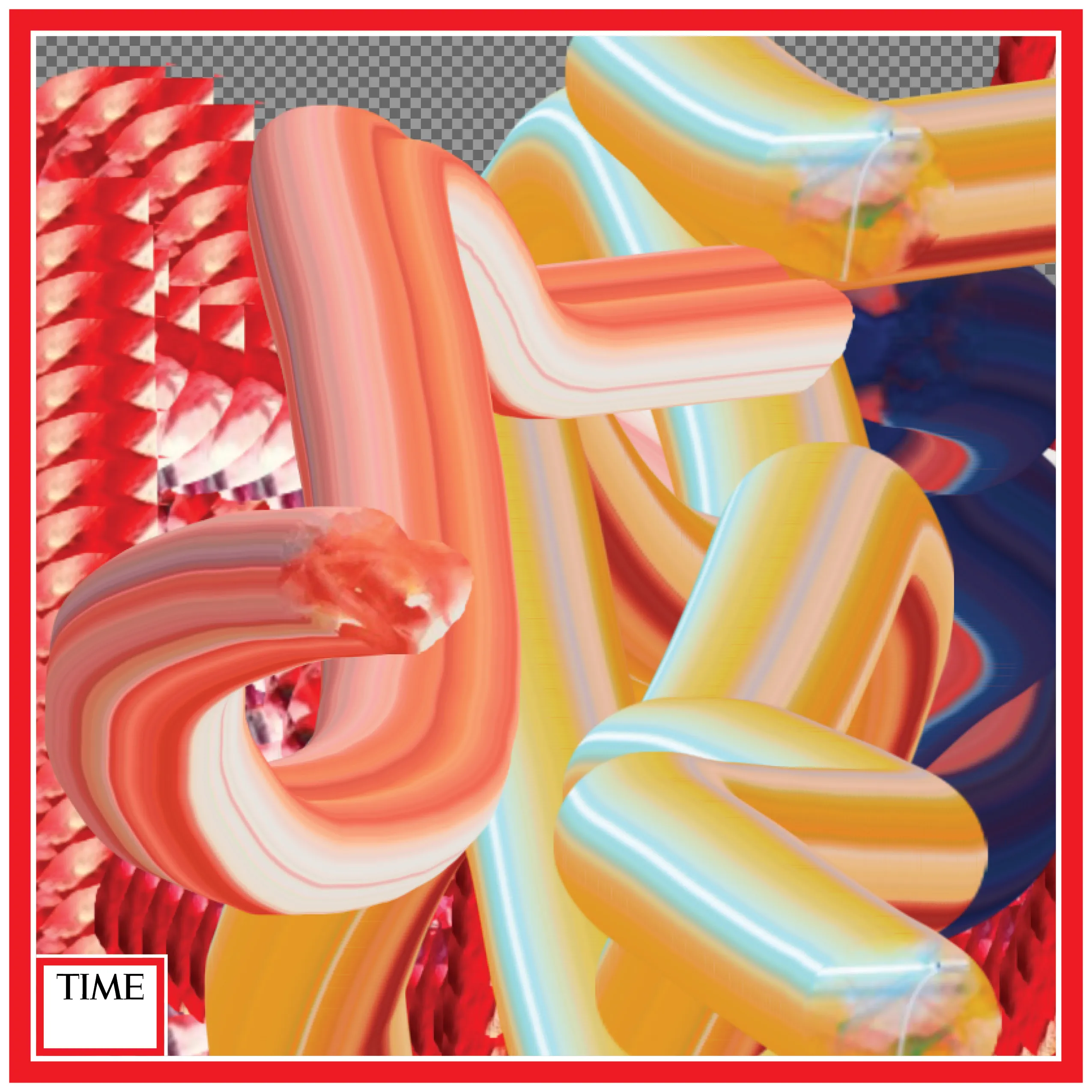Subscribe to get the latest on artists, exhibitions and more.
Addie Wagenknecht on identity, self-criticism, and the self-sabotage

Addie Wagenknecht in conversation with Mimi Nguyen.
Where the boundaries between the self and its digital manifestation increasingly blur, Addie Wagenknecht's latest work, Fighting Windmills (2024), emerges as a sincere exploration of identity, self-criticism, and the internal battles waged within the confines of the mind. This new video work, presented by Nguyen Wahed on verse, extends Wagenknecht's employment of deepfake technology to stage a boxing match against herself, offering a striking metaphor for the internal conflicts that define the human experience.
The concept of Fighting Windmills is rooted in Wagenknecht's personal reflections on self-critique and the pressures of societal standards. In a candid conversation, the artist shared, "the primary idea comes from a kind of consistent theme across my conversations with friends, and also myself where it's often around comments being 'always your own worst critic.'" This notion of being one's own self-sabotager is visually played through the artist's confrontation with a deepfaked doppelgänger in a boxing ring, embodying the struggle against self-imposed standards and societal expectations.
Wagenknecht delves deeper into the complexities of self-perception and the influence of digital technology on our identities. She discusses the impact of impossible standards, particularly highlighted by the contrast between one's physical appearance and the digitally altered personas prevalent on social media platforms.
Mimi Nguyen: What are you most critical about?
Addie Wagenknecht: It largely stems from setting impossibly high standards for myself, which transcends various areas of my life. An example is the frequent comments I receive about looking better in person than in photos. A friend suggested using face-tuning apps to enhance my photos, highlighting a broader issue of societal standards that are unrealistic and promote a distorted self-representation online. This phenomenon, initially propagated by airbrushed magazine images, has expanded into the digital realm, further complicated by the integration of AI technologies. These advancements challenge our concepts of reality and representation, especially as they apply to self-image and societal expectations.
Mimi Nguyen: And why boxing?
Addie Wagenknecht: Boxing symbolizes the internal battle of being overly critical towards oneself across various aspects of life. It represents the constant struggle against negative self-talk and the pursuit of an unattainable perfection. This idea led me to explore boxing as a physical manifestation of these internal conflicts. Additionally, I investigated using existing footage of female boxers to create my work, which paralleled the exploration of physical appearance standards and the impact of AI in reinforcing or challenging these perceptions.

The use of deepfake technology in Fighting Windmills is not only a technical exercise but, consistently to her practice, a continuation of a commentary on the fluidity of identity in the digital era. Wagenknecht's previous experiments with deepfakes, where she superimposed her face onto famous men preaching conservative viewpoints, highlight the power of visual media to shape perceptions and challenge our understanding of authenticity. "My exploration into deepfakes was an attempt to engage critically with discourse on women's rights and body autonomy, using my image to challenge the perspectives of certain male figures," she explains, suggesting on the potential of deepfake technology to review one's understanding, albeit in a complex ethical landscape.
Mimi Nguyen: How do you navigate the ethical implications of using deepfakes?
Addie Wagenknecht: Deepfake technology presents a unique challenge in discerning reality from fabrication, especially when it's used to manipulate public figures or create misleading content. This raises concerns about the potential misuse of such technologies and the importance of due diligence in verifying the authenticity of digital content. The proliferation of AI-generated content necessitates a critical examination of our consumption and the verification processes to prevent the spread of misinformation.

Her earlier work with CCTV (Closed Circuit Television) installations offers a critical examination of surveillance culture and its implications for privacy and personal freedom. One of the central themes in her work titled Asymmetric Love (2013) was the concept of visibility versus invisibility. In a society where surveillance is ubiquitous, she challenges the notion that visibility equates to safety or security. Fighting Windmills, in turn, invites us to reflect on the nature of self-knowledge and the impact of technology on our sense of identity.
Mimi Nguyen: In the context of the evolving digital landscape, how do you see the role of artists?
Addie Wagenknecht: Artists play a crucial role in interrogating and reflecting on societal and technological changes. The adoption of blockchain and AI technologies by them can disrupt traditional paradigms and promote alternative narratives.
About the work:
Fighting Windmills (2024) pits the artist against herself in a boxing match made possible through deepfake technology. This AI constructed video shows Wagenknecht facing off against a deepfaked doppelgänger of herself in a boxing ring. The title refers to the idiom "fighting windmills", meaning to engage in conflict against an imagined enemy. Though the boxing match, the artist fights herself, the conceptual implications of the work cutting to the core of identity and self-perception.
On one level, Fighting Windmills can be seen as a tongue-in-cheek experiment in absurdity and fakery, as Wagenknecht “fights herself” in a simulated match. However, the work also serves as a metaphor for the internal struggles and conflicts we all face in trying to know ourselves. The boxing ring becomes an arena where the artist grapples with her own identity and sense of self. Do we truly know or understand ourselves, or is our self-perception shaped by artificial constructs?
Addie Wagenknecht
Addie Wagenknecht's work blends conceptual art with forms of hacking and gestural abstraction. Previous exhibitions include Centre Pompidou, The Istanbul Modern, Whitechapel Gallery and The New Museum NYC - among others. She has collaborated with CERN, Chanel, Whitney Museum of American Art, and Google’s Art Machine Intelligence (AMI) Group. Her work has been featured in numerous books, and...
Nguyen Wahed
Nguyen Wahed is a New York-based gallery with a program that focuses on, but is not limited to, digital and generative art practices. Focusing on contemporary artists (Leander Herzog, Sofia Crespo) who embody the intersection of technology and creativity, it expands onto rediscovering select phenomena in the peripheries of digital art starting from the 1960s (Manfred Mohr) to the first...



